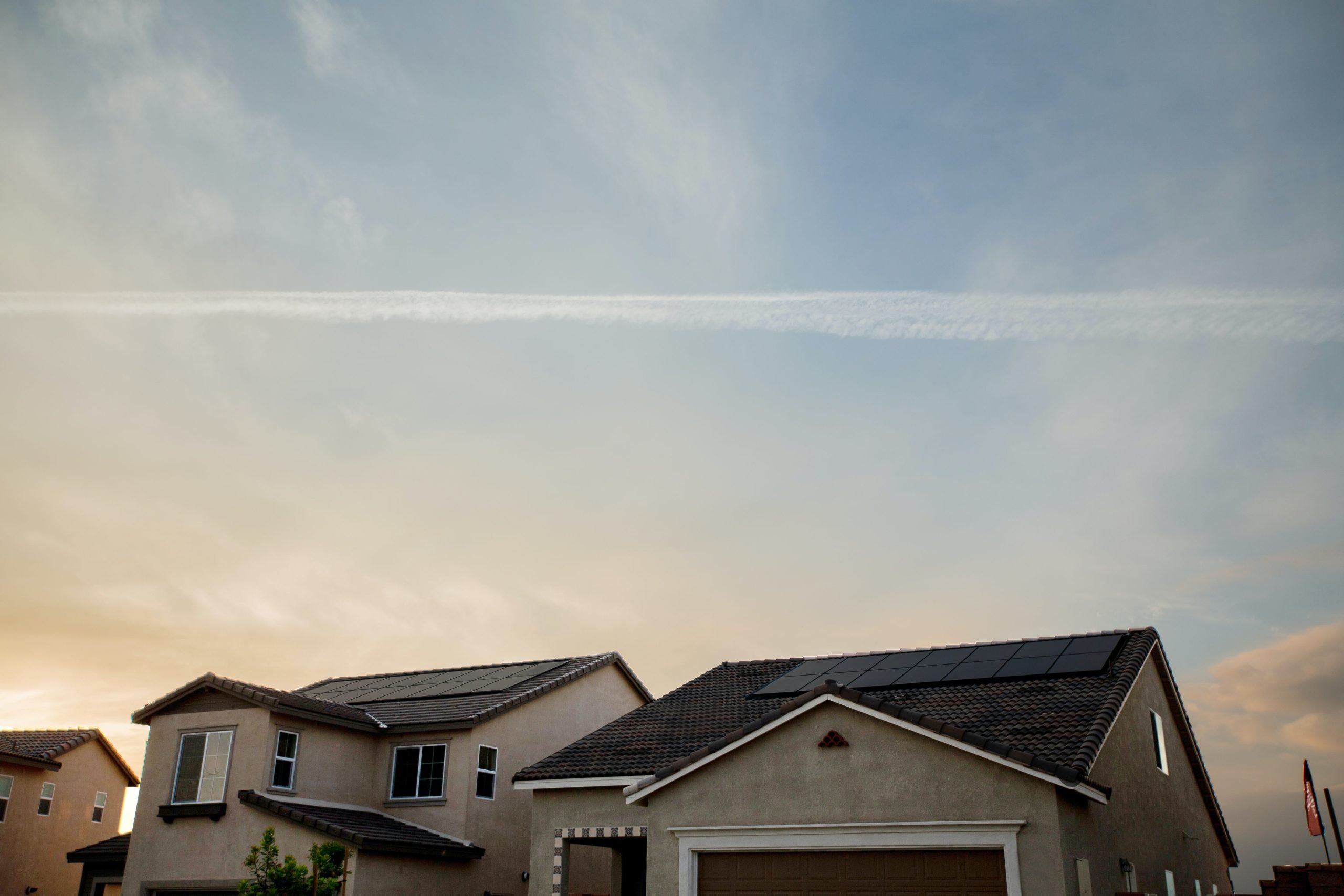In the rapidly advancing era of renewable energy, solar panels stand as beacons of hope for a sustainable future. Harnessing the power of the sun, these photovoltaic wonders silently convert sunlight into electricity, reducing our dependence on fossil fuels and mitigating environmental impact. However, amidst the excitement surrounding their eco-friendly potential, there is a critical aspect that often languishes in the shadows: solar panel maintenance.
While the initial investment in solar panels can be substantial, many homeowners and businesses fail to recognise the long-term implications of neglecting proper maintenance. The prevailing misconception is that solar panels require minimal attention once installed, as they lack moving parts and operate silently. Unfortunately, this oversight can lead to reduced energy efficiency, increased costs, and a shorter overall lifespan for these green energy systems.
Dirt and Debris
One primary reason for the neglect of solar panel maintenance is the misconception that they are self-sufficient. Unlike traditional power sources with complex moving components, solar panels seem deceptively simple, with no visible signs of wear and tear. This illusion of self-sufficiency often leads to a “set-it-and-forget-it” mentality among users, causing them to overlook the gradual accumulation of dirt, dust, and debris on the panel surfaces.
Dirt and debris on solar panels act as barriers to sunlight, hindering the panels’ ability to generate electricity efficiently. Over time, this can result in a significant drop in energy output, leading to financial losses for both residential and commercial users. Regular cleaning is a simple yet crucial aspect of solar panel maintenance that is frequently ignored, exposing panels to the risk of reduced performance.
Weather Conditions
Furthermore, environmental factors such as weather conditions can exacerbate the need for maintenance. Rain may wash away some surface dirt, but it can also leave behind mineral deposits that accumulate over time, forming a layer that inhibits sunlight absorption. Similarly, snow and ice can create physical barriers, preventing sunlight from reaching the solar cells. Neglecting to address these issues promptly can lead to a decline in energy production and an increase in overall operational costs.
Another factor contributing to the oversight of solar panel maintenance is the misconception that these systems are indestructible. While solar panels are designed to withstand various weather conditions, they are not immune to wear and tear. Exposure to extreme temperatures, hail, and other environmental elements can lead to degradation over time, compromising the panels’ efficiency.
Professional Inspections
Regular inspections by qualified professionals are essential to identify and address potential issues before they escalate. Unfortunately, the lack of awareness about the importance of professional maintenance often results in users discovering problems only when the impact on energy production is significant. By then, the damage may require costly repairs or, in severe cases, necessitate the replacement of entire panels.
In conclusion, the oversight of solar panel maintenance stems from a combination of misconceptions about their self-sufficiency, durability, and the simplicity of their design. To unlock the full potential of solar energy and ensure a sustainable future, it is crucial for individuals and businesses to recognise the importance of regular maintenance. By embracing a proactive approach to solar panel care, users can maximise energy efficiency, extend the lifespan of their systems, and contribute to the longevity of the renewable energy movement. It’s time to bring solar panel maintenance out of the shadows and into the spotlight of responsible and sustainable energy practices.
